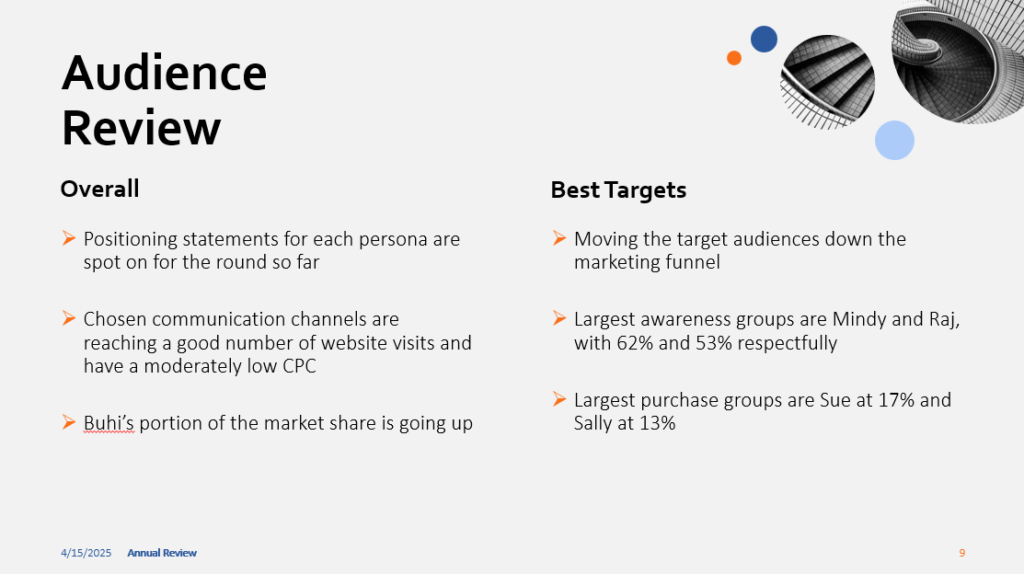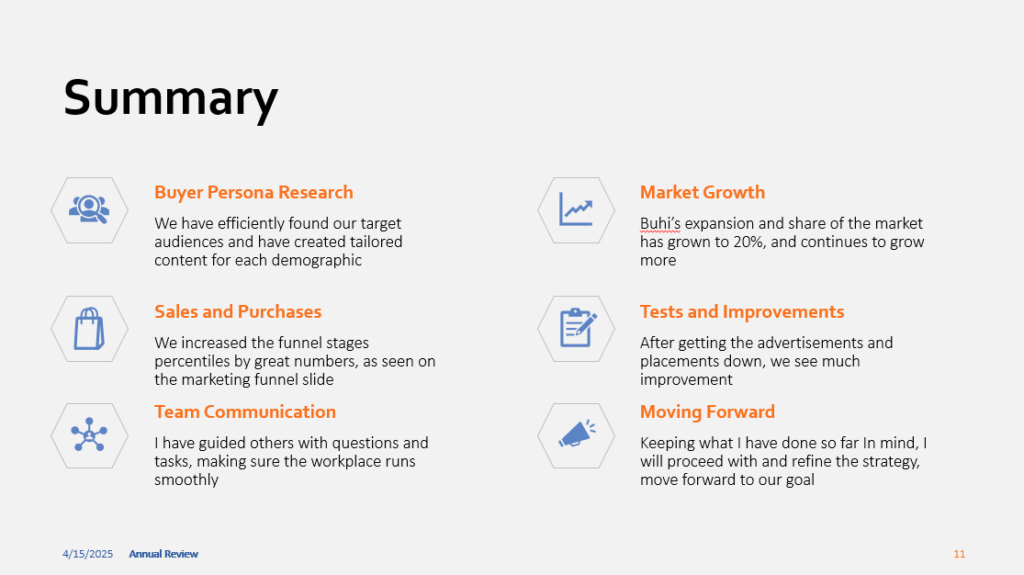IMC Campaign Year-End Review
! -This is my blog reflection on the end results of the IMC Simternship Campaign for Buhi-!
Overall Campaign Strategy & Performance
The key goals that the simulation had for us and what I wanted to achieve while running these campaigns was to raise sales by 60%, reach the quarter revenue amount, keep a low number of unit cannibalizations, growth in the market, and increase the stages of the marketing funnel of the consumers. Starting the first year of campaigns, my strategy was to use the most effective marketing channels to persona combination. I would then see which of the marketing mixes did best and put more recourses into the top ones. What I kept consistent throughout all the rounds was using the resource guide and data given to best optimize the channels.
As seen in the image below, the cannibalization was kept moderately low, and the unit of growth is slowly but surely expanding.

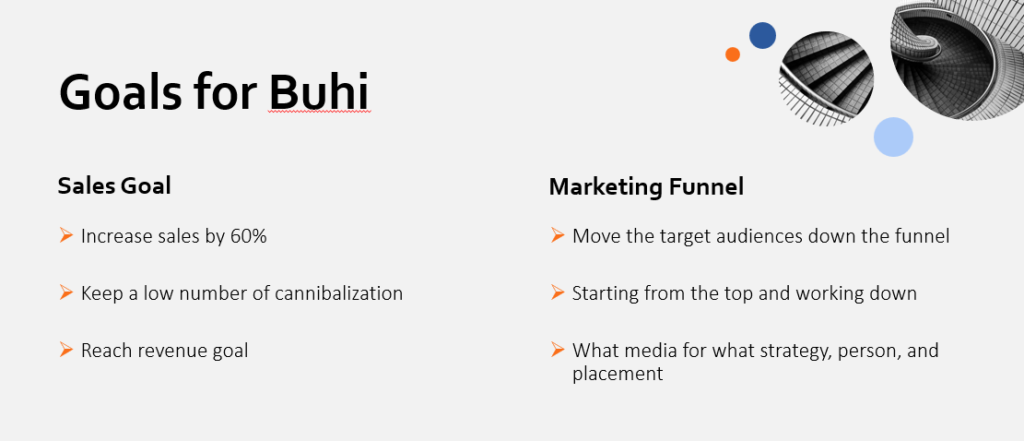
We also conducted a pre-research and analysis on the company, creating a SWOT analysis chart that had helpful information while doing the campaign. For instance, being an online store with an already strong online presence, you will in turn want to turn towards sorts of Digital Marketing for the marketing channels.
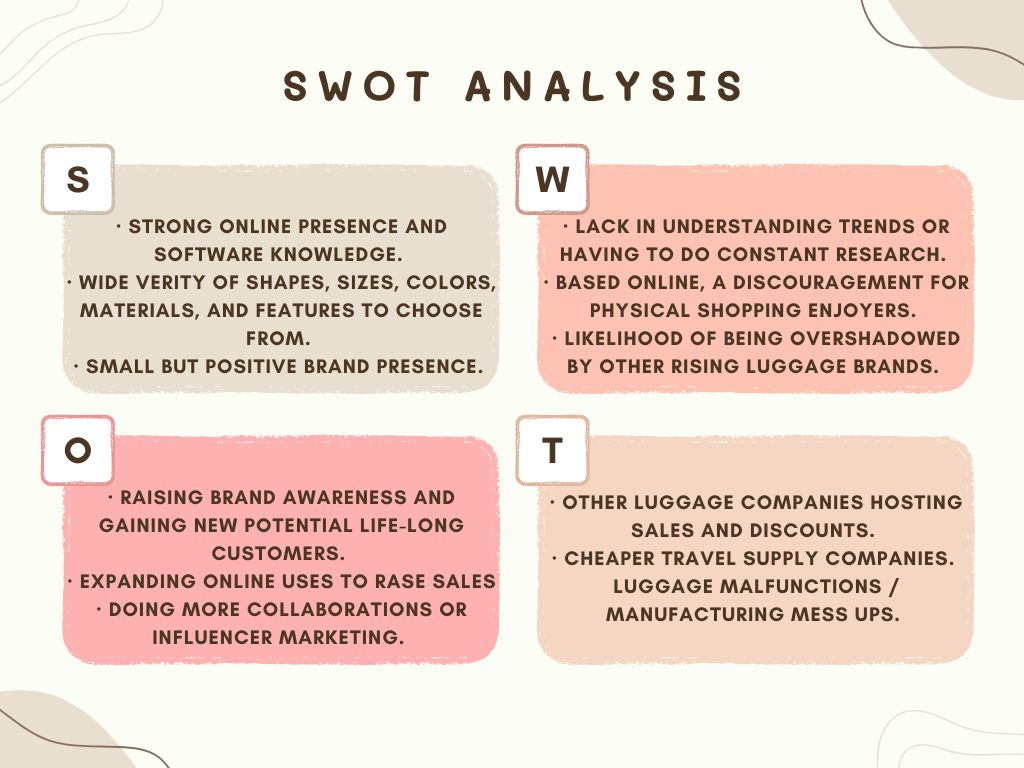
Target Audience & Positioning
How audience behavior progressed through the funnel. During these rounds, I focused heavily on Up-and-comer Raj and Back-to-school Mindy. Raj most checks out to be our target market and has the highest starting preference and loyalty percentage of the marketing funnel. Mindy comes close to the target market and has the highest baseline awareness. The marketing messages during the first couple of rounds were only 1% off from perfection, and over the next one or two rounds had been corrected to match the buyer demographic to 100%.
As the audience moves down the marketing funnel, their thought process and reaction to the product changes. let’s say Raj is in the awareness stage of the funnel, he is currently curious about the product, but as he moves to the consideration and purchase stages, this creates desire and preference. This also causes him to shape an image of the product and brand, creating a connection, which will have an effect in the long run.


Marketing Communications Mix
My tactics were to find the marketing channel that best suited the buyer persona, stage of the marketing funnel they were in, and what was giving back the best ROI and CPV of the group. For the Awareness / Interest stage, I used a lot of Direct Marketing and Digital Marketing, with a little bit of Out-of-Home Marketing. For the Consideration / intent stage of the funnel, I used more Print Media and Public Relations. For the Purchase stage, I again used quite a bit of Digital Marketing. And last, for the Loyalty stage of the funnel, I incorporated more Direct and Print Media.
My strategy worked quite well, the Digital Marketing was always a hit, whereas the Out-of-Home Marketing was less so. I found that Print Media and Public Relations does exceptionally well, so I shifted to use that more during the rounds of the simulation.
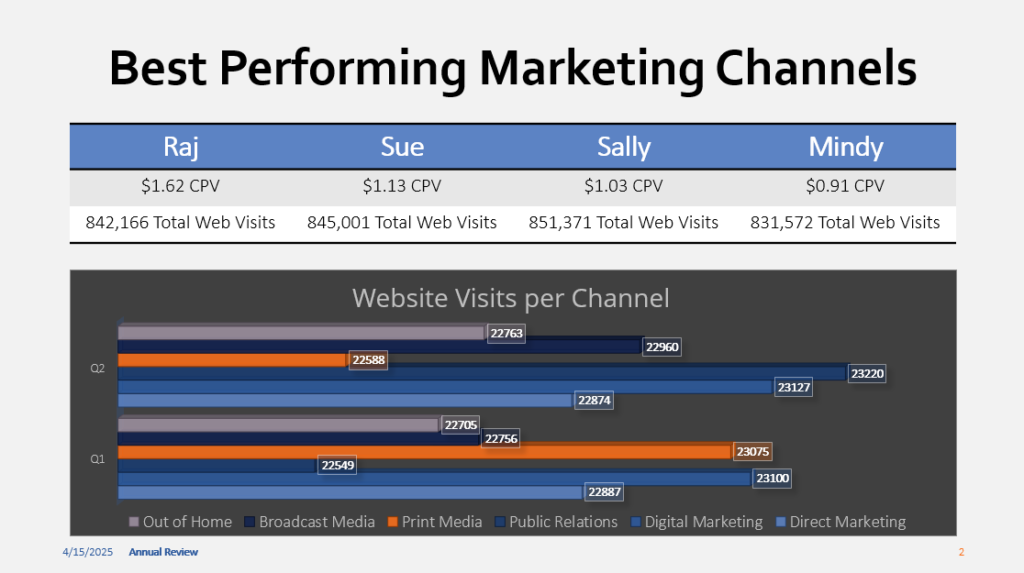
Budget Allocation & ROI
I took the allotted amount and divided it between the four audiences; I then added the marketing channels and added an appropriate amount to the channels that were doing well. With what amount I had after doing this, I would then split it between the top two consumers that were showing us the most promise. I unfortunately did not meet the money quota at the end of either quarter or year, but it came very close! Despite the less than good news, the amount of website visits we were getting, the CPV, and the ROI are in decent shape. The average ROI for Q1 was $8.94, and for Q2 was $21.69.
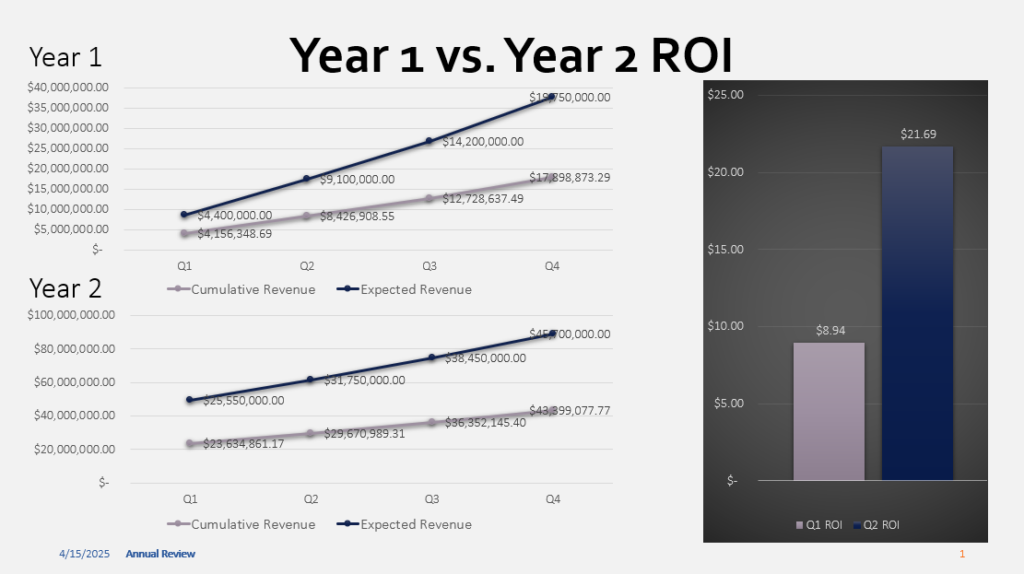
Performance Metrics & Optimization
While running this campaign’s rounds, looking for and identifying what the most important KPI’s are is crucial. I would often look at the total website visits per channel and buyer persona, the CPV, and the cost-per-click of each marketing channel. In doing this, I was able to find what was giving us the most traffic while staying reasonably priced. After learning what channels do the best and at the best cost, creating and running the campaigns became simpler and more beneficial. Optimizing the strategy made way for much growth, and in the end made the load lighter.
Conclusion & Strategic Reflection
This was a great experience, I love working with campaigns and audiences, finding just the right mix to make everything work smoothly! I will admit, this Simternship campaign was one of the more difficult and tricky ones, but we never back down and never give up. Though I did not meet the expected revenue goal, or sales percentage increase, we came super close. It was a great hands-on learning opportunity, and moving the audience down the marketing funnel was satisfying. If I was given a third year to make ends meet, I would continue to optimize my strategy plan but believe that I could meet the campaign goals. Overall, I have learnt quite a bit from this simulation and have more to think on strategies and plans.
